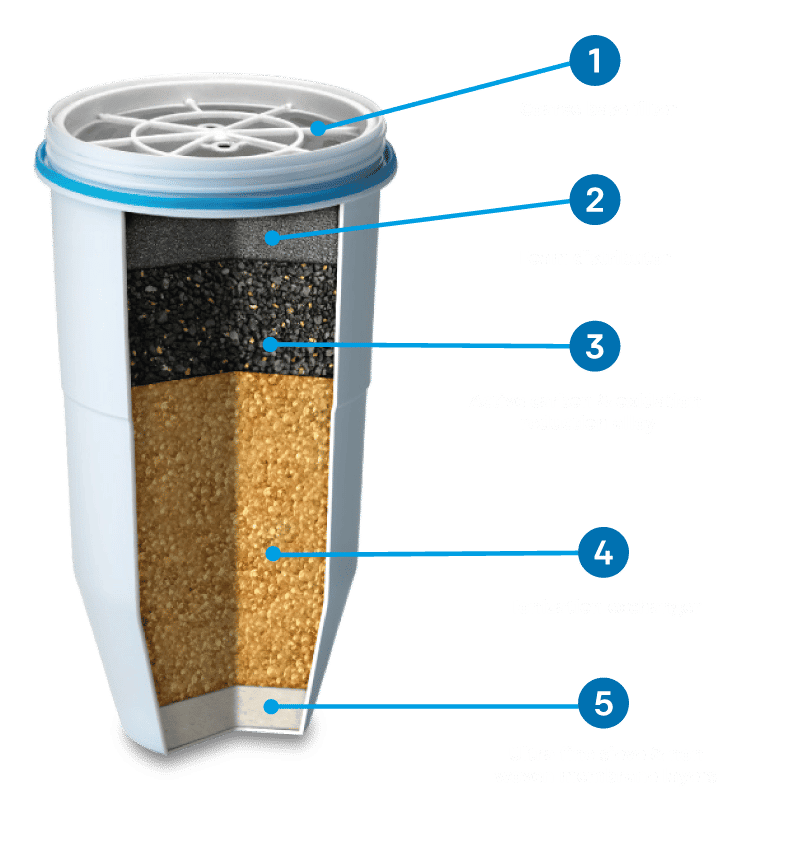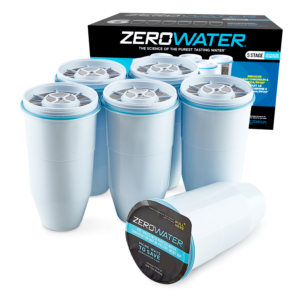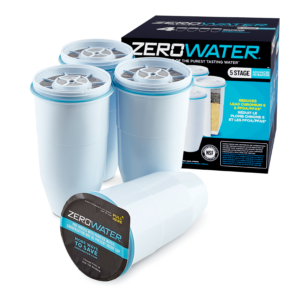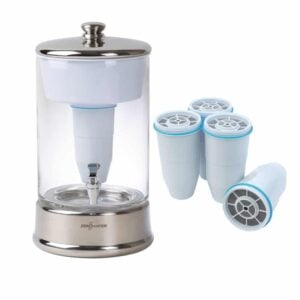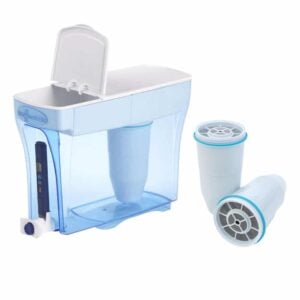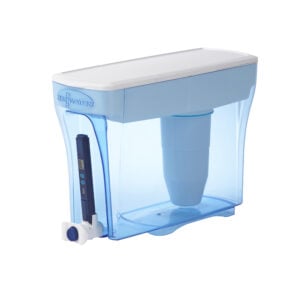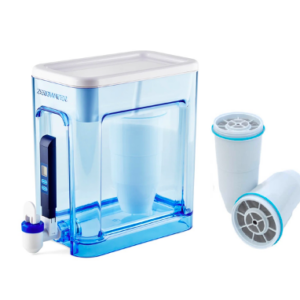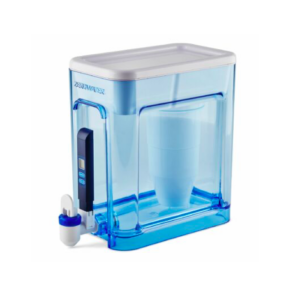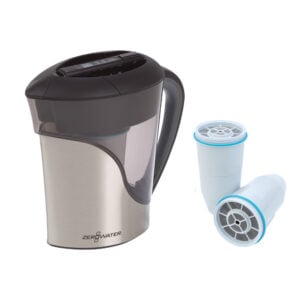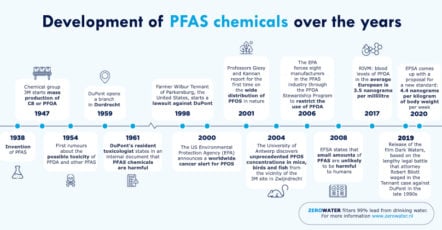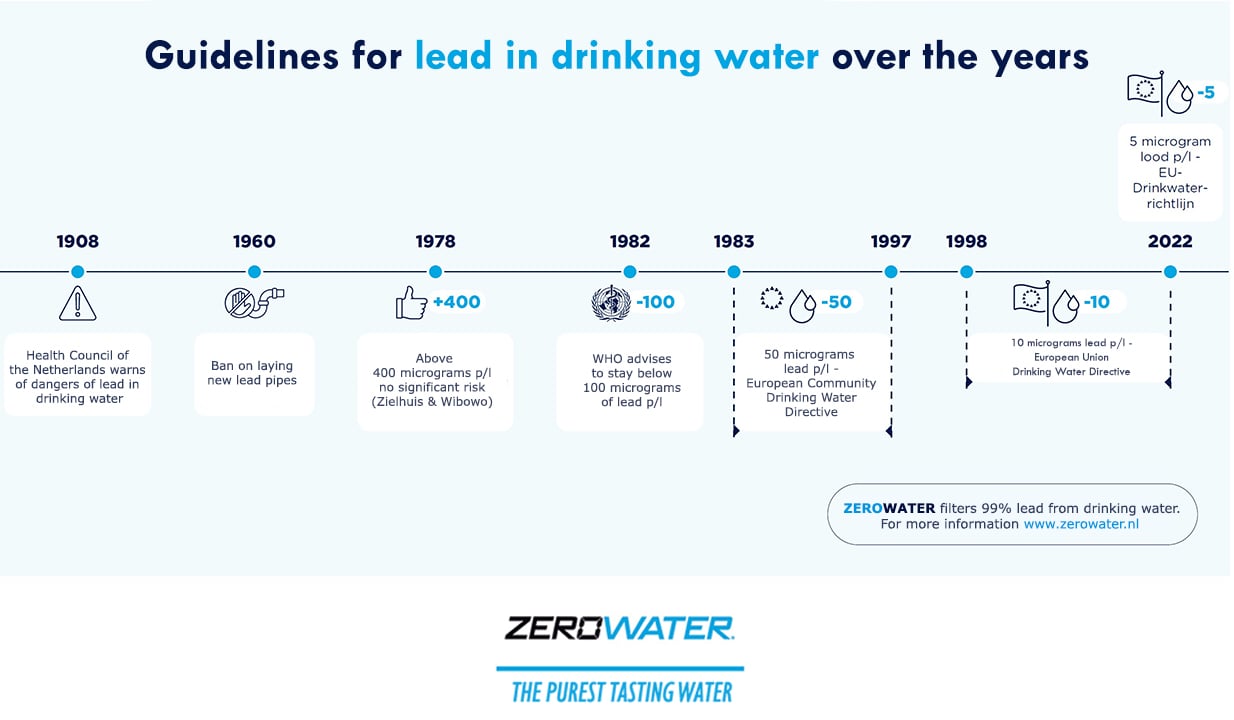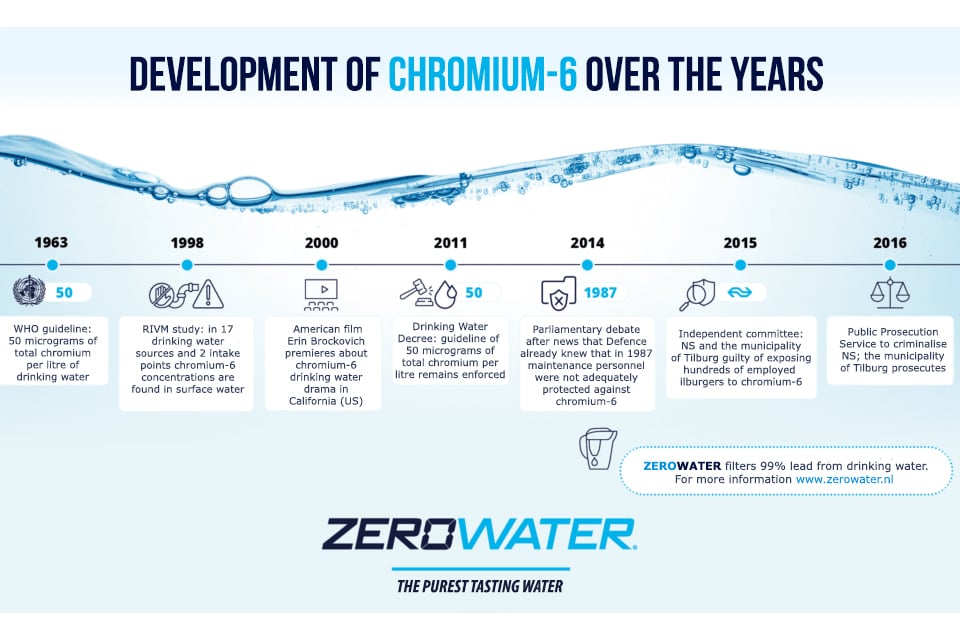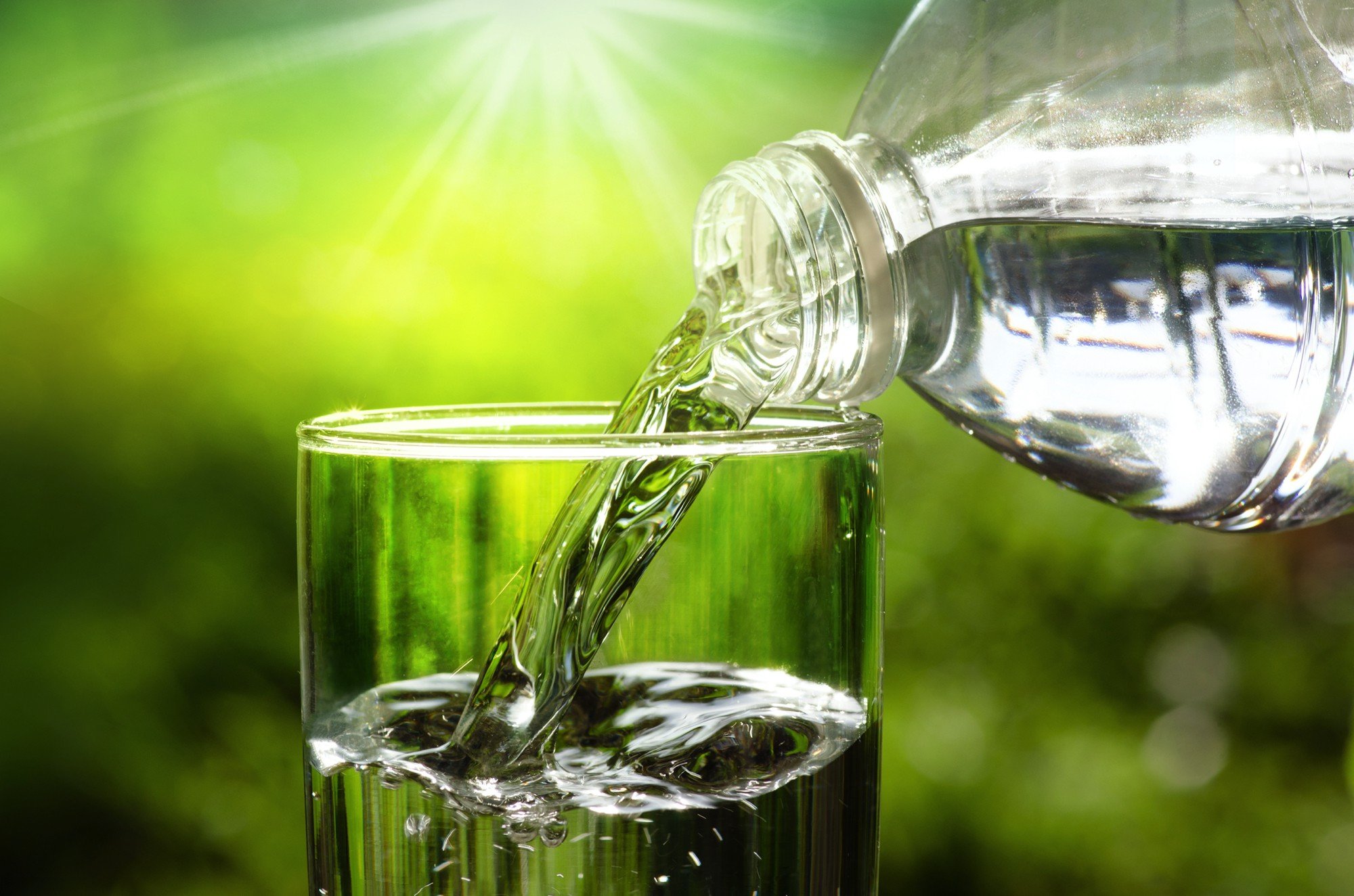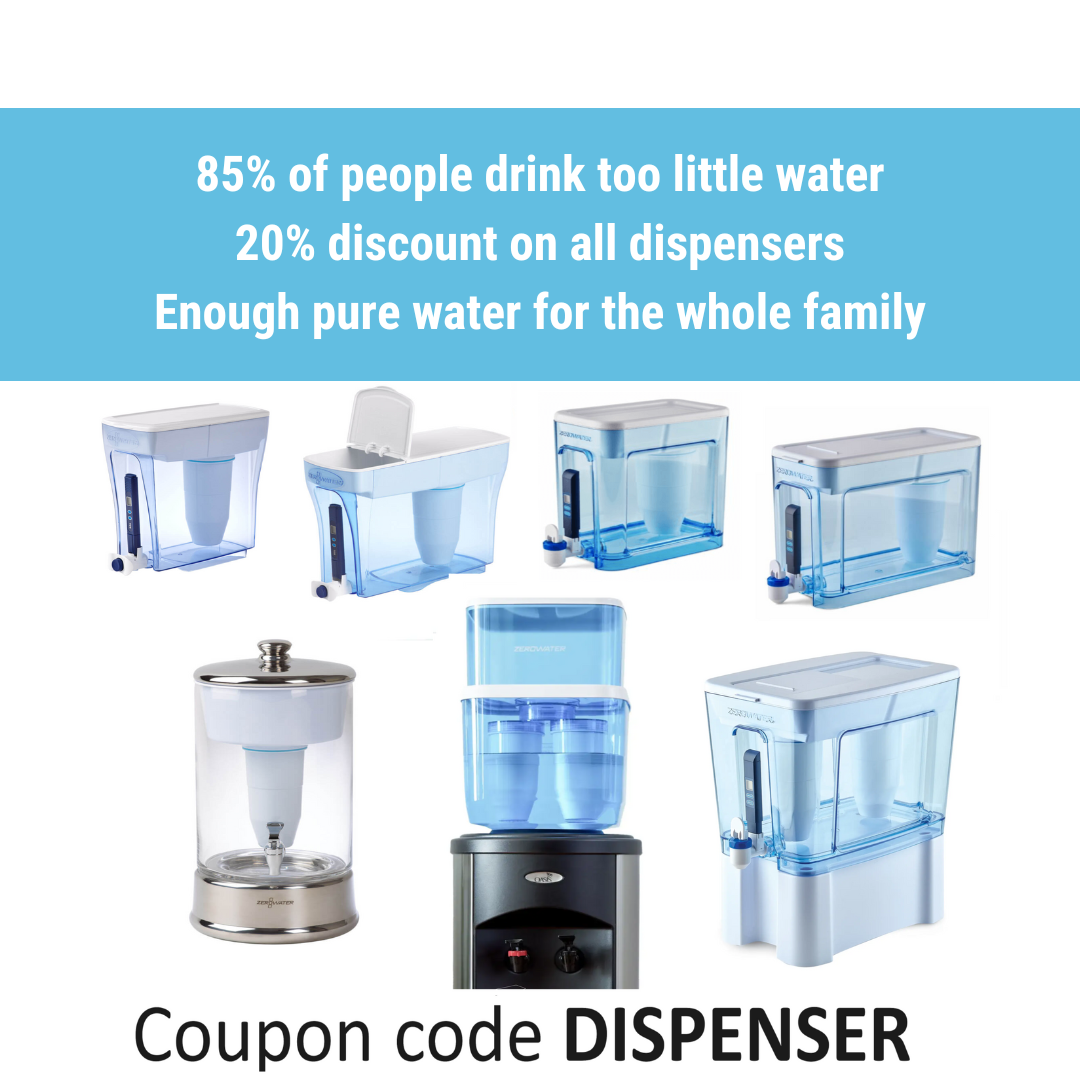About ZeroWater
Drink yourself healthier and happier, that is our mission. We do this by making clean water as accessible as possible to everyone, so that we contribute to a better world in our own way.
As has been proven: the basis of good health is good hydration. After all, we consist of no less than 70 percent water. Pure drinking water is good for our brain, for our immune system and for our skin. And yet the importance of this is far too often underestimated.
At ZeroWater, we want to make sure that everyone takes better care of themselves, by tackling it from the ground up. With our unique filter system, we make clean drinking water accessible to everyone, at any location.
What is your TDS value?
How long your water filter lasts depends on the TDS value of the unfiltered water. With a TDS meter you measure the value of the dissolved solids. This value is different everywhere as can be seen on the map.
Go to TDS page
